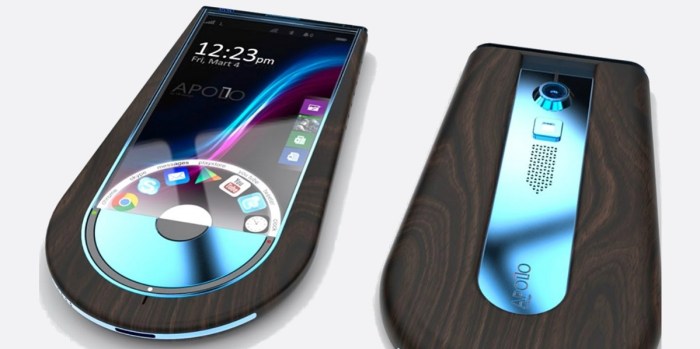Most expensive smartphones are more than just devices; they are status symbols, technological marvels, and testaments to the pinnacle of engineering and design. These coveted gadgets often push the boundaries of innovation, incorporating premium materials, advanced cameras, and powerful processors that cater to a discerning clientele.
The price tag on these devices reflects not only the technological advancements but also the exclusivity, brand prestige, and craftsmanship that go into their creation. From foldable displays to cutting-edge camera systems, these smartphones offer a unique blend of luxury and functionality that sets them apart from the mainstream.
Defining “Most Expensive”
Determining the most expensive smartphone is not as straightforward as it seems. While the retail price is often the first metric considered, other factors can significantly influence the perceived value and ultimately, the cost of a smartphone.
The “most expensive” smartphone can be defined based on several criteria, including retail price, limited edition models, and bundled accessories.
Retail Price
Retail price, or the Manufacturer’s Suggested Retail Price (MSRP), is the price set by the manufacturer for a new product. However, this price is often not the actual price consumers pay. Many retailers offer discounts and promotions, and the final price can vary significantly depending on the retailer and the time of year.
Limited Edition Models
Limited edition models are often designed to appeal to collectors and enthusiasts, and they can be significantly more expensive than standard models. These models may feature unique designs, materials, or software features. For example, the Caviar iPhone 14 Pro Max “Victory” Edition is a limited edition model that features a gold-plated titanium case and a diamond-encrusted back. It costs approximately $170,000.
Bundled Accessories
Bundled accessories can also add to the overall cost of a smartphone. Some manufacturers offer premium accessories, such as high-end headphones, wireless chargers, or cases, that can be bundled with the phone at a premium price.
Comparing Different Methods of Ranking Smartphones Based on Price
Different methods of ranking smartphones based on price can lead to different results. For example, ranking smartphones based on MSRP may not reflect the actual price consumers pay, as retailers often offer discounts. Ranking smartphones based on street price, which is the price at which a product is actually sold in the market, may be a more accurate reflection of the actual cost. However, street prices can vary depending on the retailer and the time of year.
Resale value is another factor to consider. Some smartphones retain their value better than others, and this can affect the overall cost of ownership. For example, a limited edition model may have a higher resale value than a standard model, even if the initial retail price was higher.
Historical Context
The evolution of smartphone pricing has been a fascinating journey, mirroring technological advancements, shifting market dynamics, and the evolving demands of consumers. From the early days of basic mobile phones to the sophisticated devices we use today, the price tag attached to these devices has dramatically increased, driven by factors that go beyond mere hardware upgrades.
Factors Influencing the Rise of High-Priced Smartphones, Most expensive smartphones
The high prices of top-tier smartphones are a result of several converging factors:
- Technological Advancements: The relentless pursuit of innovation in smartphone technology has consistently driven up manufacturing costs. Each generation brings new features, improved processors, enhanced cameras, larger displays, and advanced materials, all of which contribute to higher production expenses. The introduction of 5G connectivity, for instance, significantly increased the cost of manufacturing components.
- Brand Prestige: Premium brands like Apple and Samsung have successfully cultivated a sense of prestige and exclusivity around their flagship devices. This brand image allows them to command higher prices, as consumers associate these brands with quality, innovation, and a certain level of status.
- Market Demand: The high demand for premium smartphones fuels their pricing. Consumers are willing to pay a premium for devices that offer the latest technology, superior performance, and a seamless user experience. This demand is further driven by the desire for status symbols and the need to stay connected in a digitally-driven world.
Final Conclusion: Most Expensive Smartphones
In the world of smartphones, the pursuit of excellence often comes with a hefty price tag. The most expensive smartphones represent the cutting edge of technology, offering a blend of luxury, innovation, and exclusivity that appeals to a select few. While their cost may be prohibitive for many, these devices highlight the ever-evolving landscape of mobile technology and the desire for the best that money can buy.
While some smartphones boast astronomical prices, with features like foldable screens and top-of-the-line cameras, others offer great value for money. If you’re looking for a solid phone without breaking the bank, you might want to consider a smartphone under 10 000.
These devices can still deliver a smooth experience, reliable performance, and a good camera, all without the hefty price tag of their more expensive counterparts.
 Informatif Berita Informatif Terbaru
Informatif Berita Informatif Terbaru
